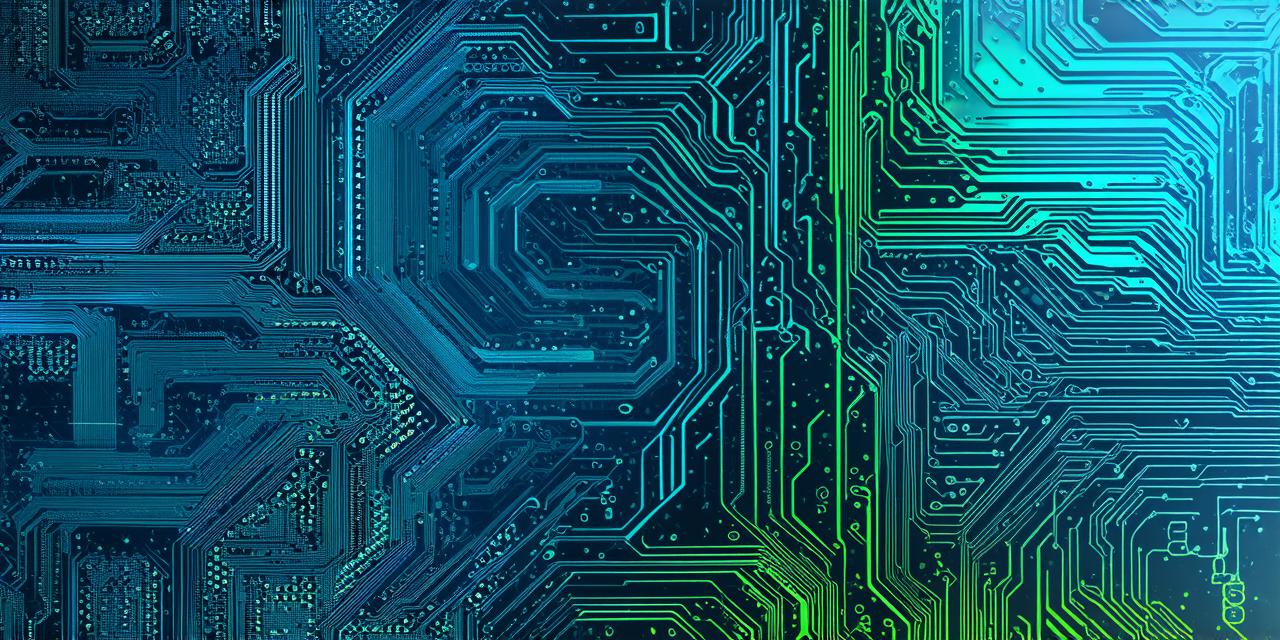In today’s digital age, the concept of virtual products is no longer a novelty but a necessity. From digital art to virtual real estate, these intangible assets are reshaping our world.
What Are Virtual Products?
Virtual products are digital representations of tangible or intangible goods that exist primarily online. They can be bought, sold, and traded without any physical interaction. For instance, a song downloaded from iTunes or a subscription to an online magazine are examples of virtual products.

The Rise of Virtual Products
The rise of virtual products is a testament to the digital revolution. According to Statista, the global digital goods market was valued at over $500 billion in 2019 and is expected to grow further. This growth is driven by advancements in technology, changing consumer behavior, and the increasing importance of digital experiences.
Case Study: The Booming Virtual Real Estate Market
A striking example of this trend is the virtual real estate market. Platforms like Decentraland and Sandbox are selling virtual plots of land for thousands of dollars. These lands can be used to build, create, and monetize experiences within these virtual worlds.
The Impact on Virtual Development
The rise of virtual products is revolutionizing the way we develop and consume digital content. It’s enabling creators to monetize their work more effectively, opening up new opportunities for innovation and collaboration. Moreover, it’s democratizing access to digital goods, making them affordable and accessible to a wider audience.
Challenges and Opportunities
While the potential is immense, there are challenges too. Issues like intellectual property rights, data privacy, and security need to be addressed to ensure a fair and safe environment for all participants. However, these challenges also present opportunities for innovation and growth in areas like blockchain technology, smart contracts, and AI.
The Future of Virtual Products
As we move forward, the line between physical and digital goods is likely to blur even further. The future belongs to those who can harness the power of virtual products to create unique, valuable, and engaging experiences. So, are you ready to join this digital revolution?
FAQs
1. What are virtual products?
– Virtual products are digital representations of tangible or intangible goods that exist primarily online.
2. How big is the global digital goods market?
– The global digital goods market was valued at over $500 billion in 2019 and is expected to grow further.
3. What are some examples of virtual products?
– Songs downloaded from iTunes, subscriptions to online magazines, and virtual real estate plots are examples of virtual products.
Conclusion
The rise of virtual products is not just a trend but a paradigm shift in the way we consume and create digital content. It’s an exciting time to be part of this digital revolution, and the opportunities for innovation and growth are immense.
